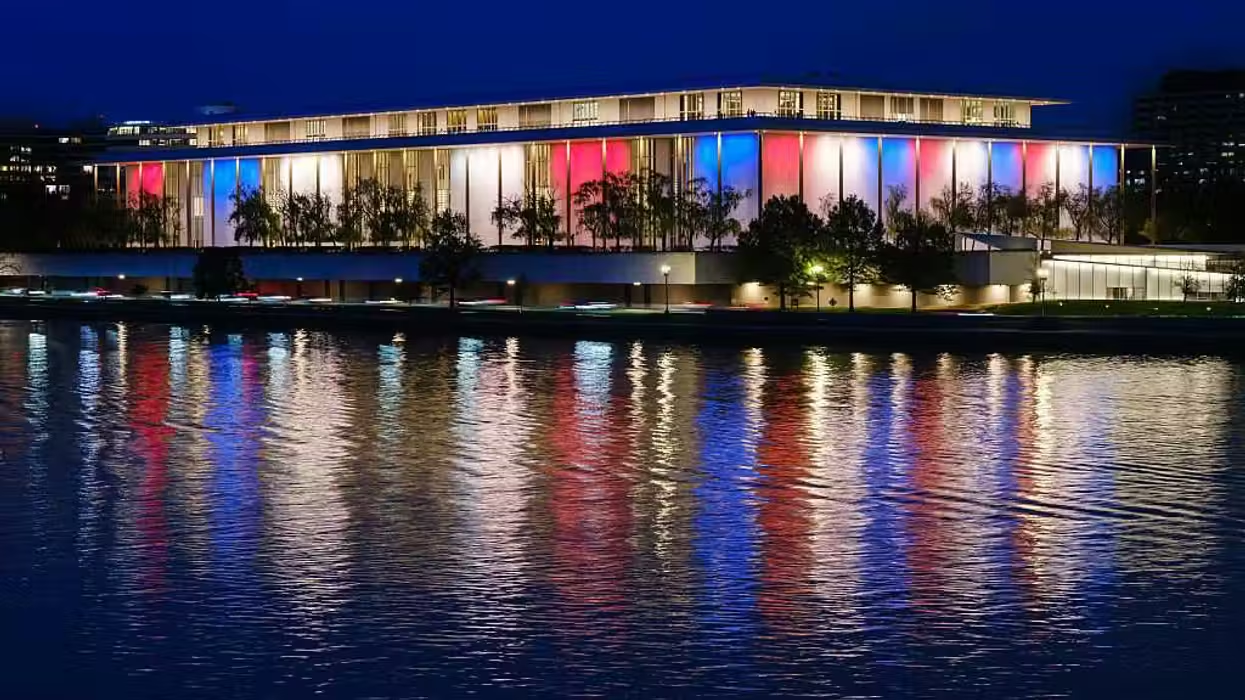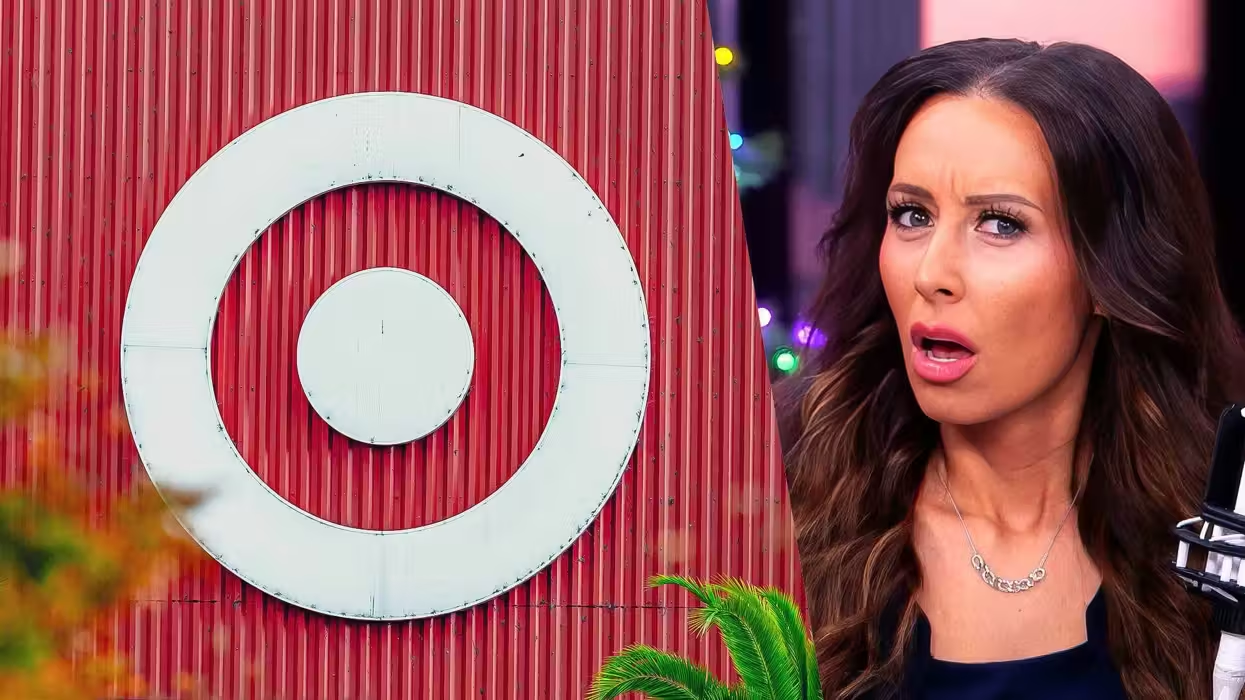The U.S. Department of Agriculture is trying to change the way food is displayed in school cafeterias across the country, in an effort to get kids to eat more fruits and vegetables.
USDA has tried for several years to get kids to eat better in school by implementing the Healthy, Hunger-Free Kids law. But many schools across the country have rebelled against the administration, arguing that the plan is costing too much money and prompting kids to throw fruits and vegetables in the trash instead of eating them.
 A sign is posted telling students to take a vegetable or fruit with their lunch at Wingate Elementary School, May 29, 2014 in Wingate, Pa. The Obama administration on Thursday announced new grant funding that some states might use to rearrange their school lunchrooms. (AP Photo/Centre Daily Times, Nabil K. Mark)
A sign is posted telling students to take a vegetable or fruit with their lunch at Wingate Elementary School, May 29, 2014 in Wingate, Pa. The Obama administration on Thursday announced new grant funding that some states might use to rearrange their school lunchrooms. (AP Photo/Centre Daily Times, Nabil K. Mark)
This time, USDA's plan is to provide grant money to states that can be used to redesign how healthy food is displayed in school.
USDA announced $5.7 million in grants that it hopes states will use to implement a "smarter lunchroom" initiative, which is aimed at improving the presentation and placement of healthy foods in school cafeterias to make it more likely they are chosen by students.
Among other things, the initiative calls for placing healthier food first in the lunch line, which increases the chances that kids choose it. Other ideas include displaying the names of vegetables being served, and making white milk a choice before flavored milk.
"By using environmental cues such as better product placement and using creative names for healthier foods, these practical, research-based techniques increase student selection of healthier items and reduce plate waste," USDA said. "By changing the display and placement of fruit, for example, the researchers saw a doubling of sales. Similarly, creative naming and display of vegetables increased selection by 40 to 70 percent."
USDA will also provide funding for 2,500 "toolkits" that will help schools implement these changes.
The department also said it would relaunch a voluntary program that gives awards of up to $2,000 per school if they take steps to encourage healthy lunch choices at school.
USDA's implementation of the 2010 law has led to confusion in schools on what foods are and are not allowed to be sold. Just last week, USDA had to clarify that the law does not outlaw the sale of baked goods and sweets in order to raise money for schools.

 A sign is posted telling students to take a vegetable or fruit with their lunch at Wingate Elementary School, May 29, 2014 in Wingate, Pa. The Obama administration on Thursday announced new grant funding that some states might use to rearrange their school lunchrooms. (AP Photo/Centre Daily Times, Nabil K. Mark)
A sign is posted telling students to take a vegetable or fruit with their lunch at Wingate Elementary School, May 29, 2014 in Wingate, Pa. The Obama administration on Thursday announced new grant funding that some states might use to rearrange their school lunchrooms. (AP Photo/Centre Daily Times, Nabil K. Mark)






